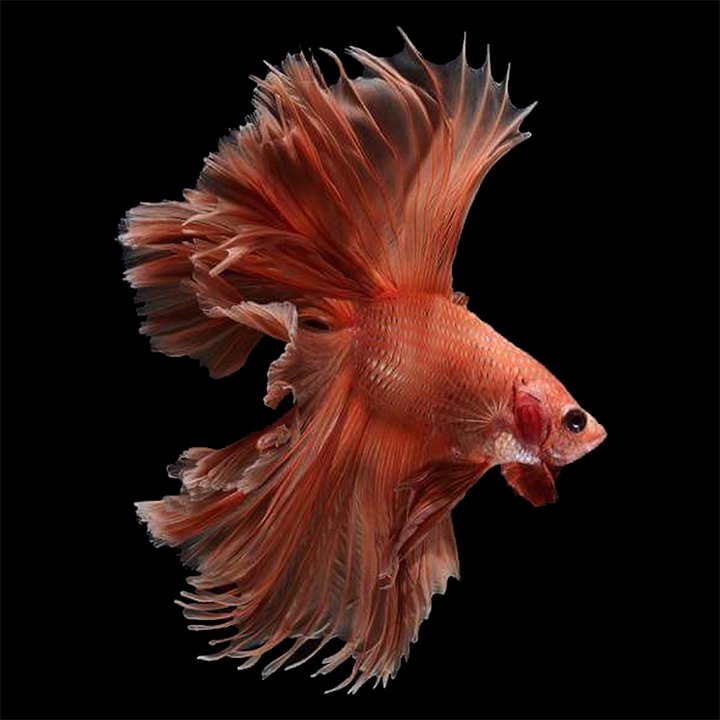Maintaining a healthy fish tank is essential for the well-being of your aquatic pets. Disease prevention plays a crucial role in achieving this goal. In this article, we will explore the essential disease control measures that every aquarist should know. By implementing these strategies, you can minimize the risk of diseases in your fish tank and promote the overall health of your fish.
Firstly, it is important to understand the common fish tank diseases and their causes. Some common diseases include fungal infections, bacterial infections, parasitic infestations, and viral infections. By familiarizing yourself with the signs and symptoms of these illnesses, you can detect them early and take appropriate action. Early detection and treatment are crucial for the successful recovery of your fish.
Maintaining optimal water quality is another key aspect of disease prevention. Regular water testing and monitoring are essential to ensure that the water parameters are within the appropriate range. This includes monitoring the temperature, pH levels, and ammonia, nitrite, and nitrate levels. Proper filtration and water circulation are also important to maintain clean and oxygenated water.
Cleanliness and hygiene are crucial in preventing the spread of diseases in your fish tank. Regular tank cleanings and water changes are necessary to remove debris and waste that can contribute to the growth of harmful bacteria and parasites. It is also important to maintain a clean substrate and choose appropriate tank decorations and plants that are easy to clean and do not harbor diseases.
Stress reduction techniques are also important in disease prevention. Providing an appropriate tank size and environment for your fish is crucial for their well-being. Overstocking the tank or keeping aggressive tank mates can lead to stress and increased susceptibility to diseases. Additionally, sudden changes in water conditions, such as temperature or pH fluctuations, should be avoided as they can also cause stress.
Proper feeding practices are essential for the overall health of your fish. Offering a balanced and varied diet ensures that your fish receive all the necessary nutrients. Overfeeding should be avoided as it can lead to water pollution and an increased risk of diseases. It is important to remove any uneaten food promptly to prevent it from decomposing and causing water quality issues.
Quarantine procedures are an important preventive measure when introducing new fish to your main tank. Quarantine tanks provide a separate environment where new fish can be observed for signs of diseases before introducing them to the main tank. This helps to prevent the spread of diseases to the existing fish population.
When it comes to medications and treatments, it is important to understand the different fish medications available and their appropriate uses. Treating common fish diseases requires following the recommended dosage instructions and consulting a veterinarian if necessary. It is important not to use medications without a proper diagnosis, as this can lead to ineffective treatment and potential harm to your fish.
In conclusion, implementing these essential fish tank disease control measures is crucial for the well-being of your aquatic pets. Prioritizing water quality, maintaining cleanliness and hygiene, providing a stress-free environment, practicing proper feeding techniques, and following quarantine procedures are all important aspects of disease prevention. Regular monitoring, early detection, and prompt treatment are key to ensuring the long-term health and well-being of your fish. By taking these measures, you can enjoy a thriving and disease-free fish tank.









